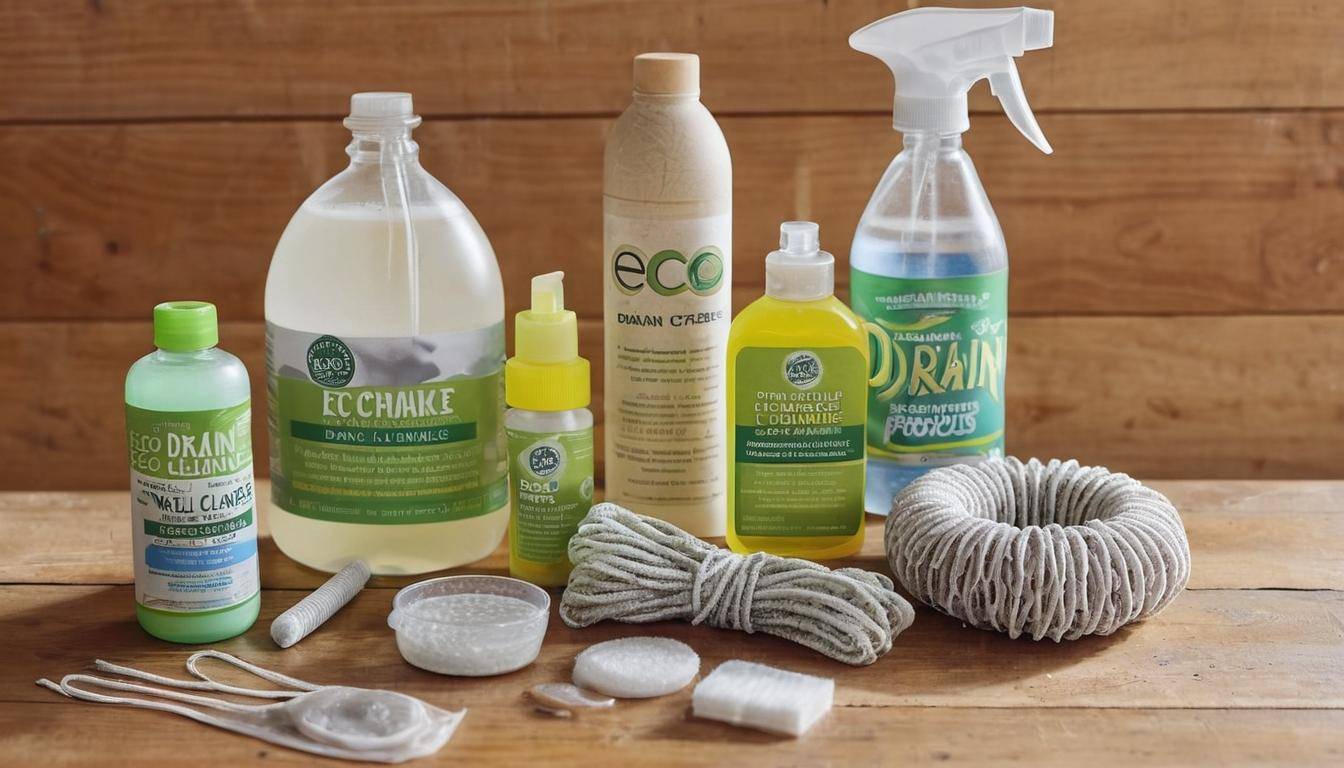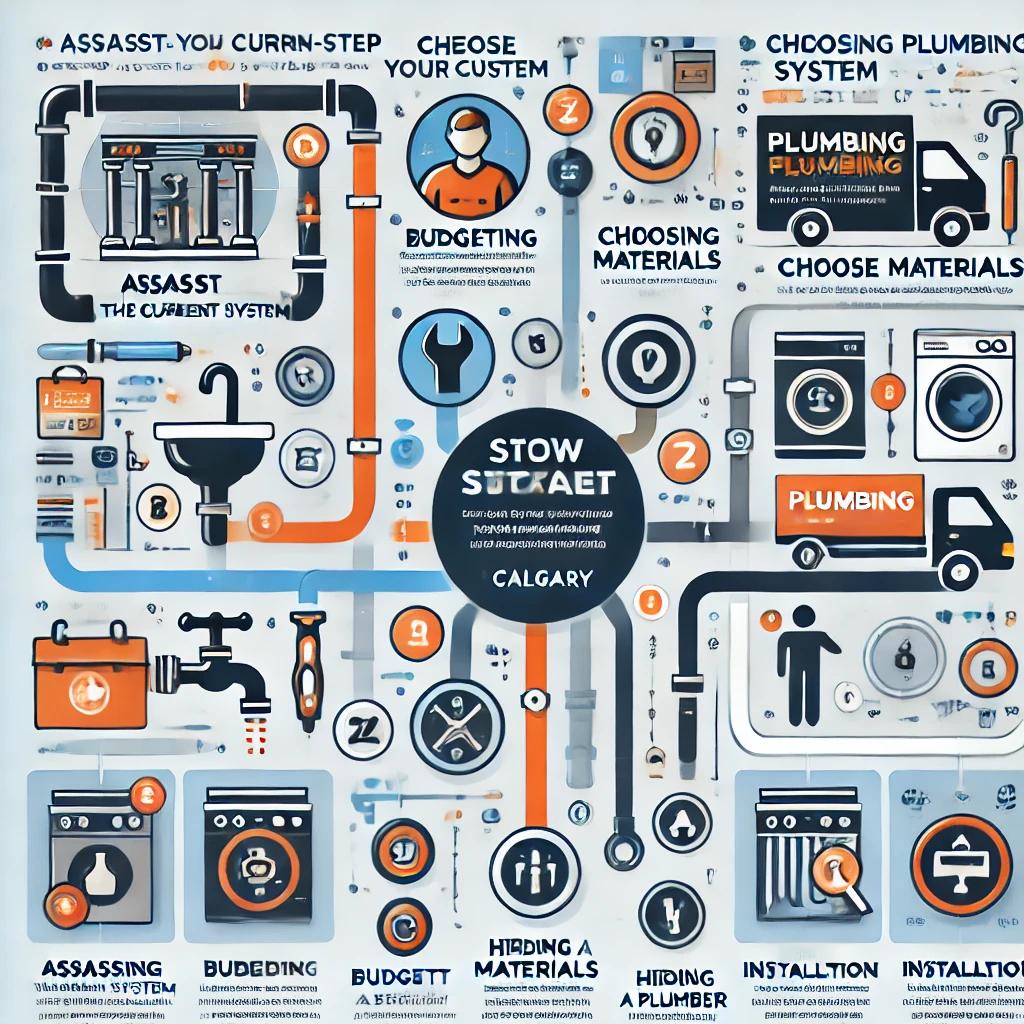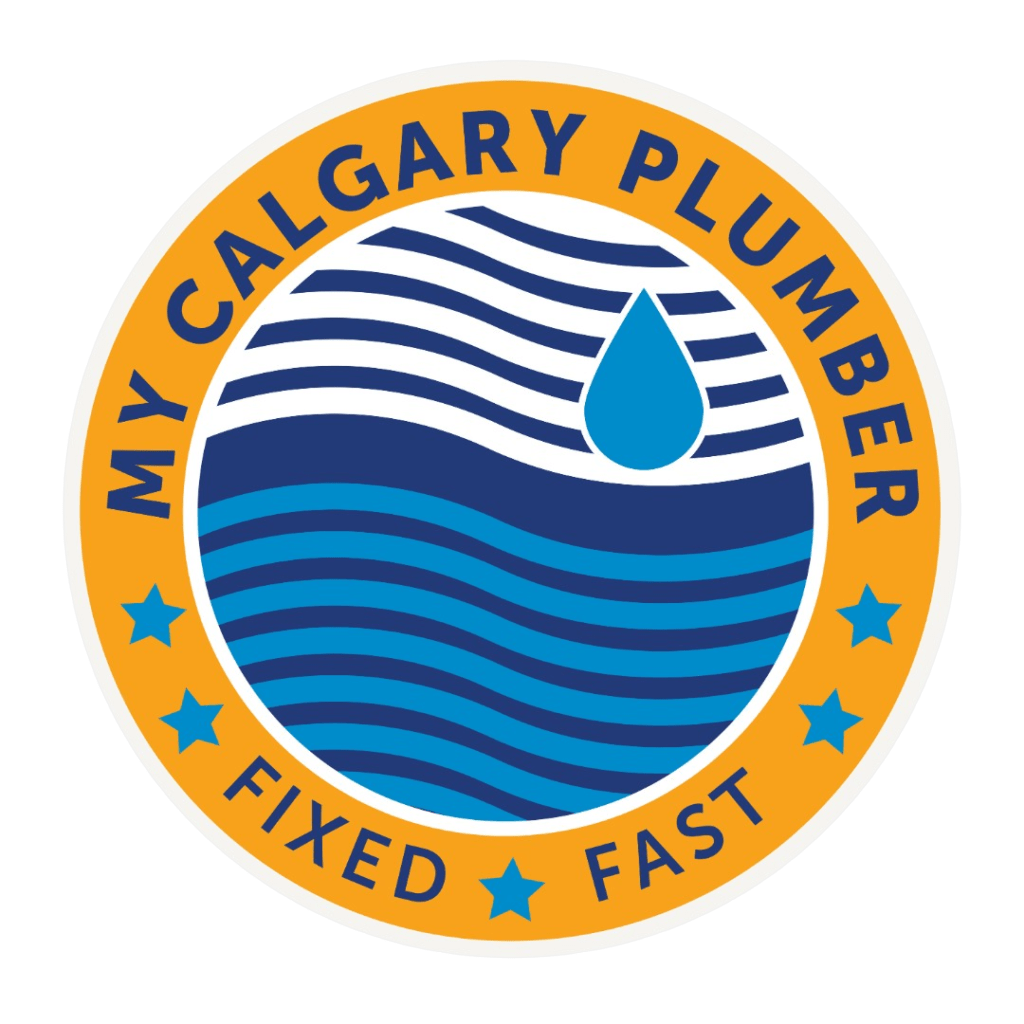How to Snake a Clogged Drain: Step-by-Step Guide for DIY Plumbing
Dealing with a clogged kitchen drain can be downright exasperating. The stagnant water backing up relentlessly and unpleasant odors seep into your living space, making meal preparation and cleanup a hassle. But don’t worry—clearing that clog on your own is more feasible than you might think.
With the correct tools and a bit of know-how, you can tackle this common household issue head-on. We’ve gathered all the essential steps in this comprehensive guide to help you clear that stubborn blockage efficiently. Let’s dive right into what you’ll need to get started on your DIY plumbing project.
To snake a clogged drain, you’ll need a drain auger or plumber’s snake. First, insert the snake into the drain until you feel resistance, then crank the handle to break up the clog. Slowly retract the snake and repeat as needed until the water flows freely. If you encounter significant resistance or cannot clear the clog, it’s best to contact a professional plumber for assistance.
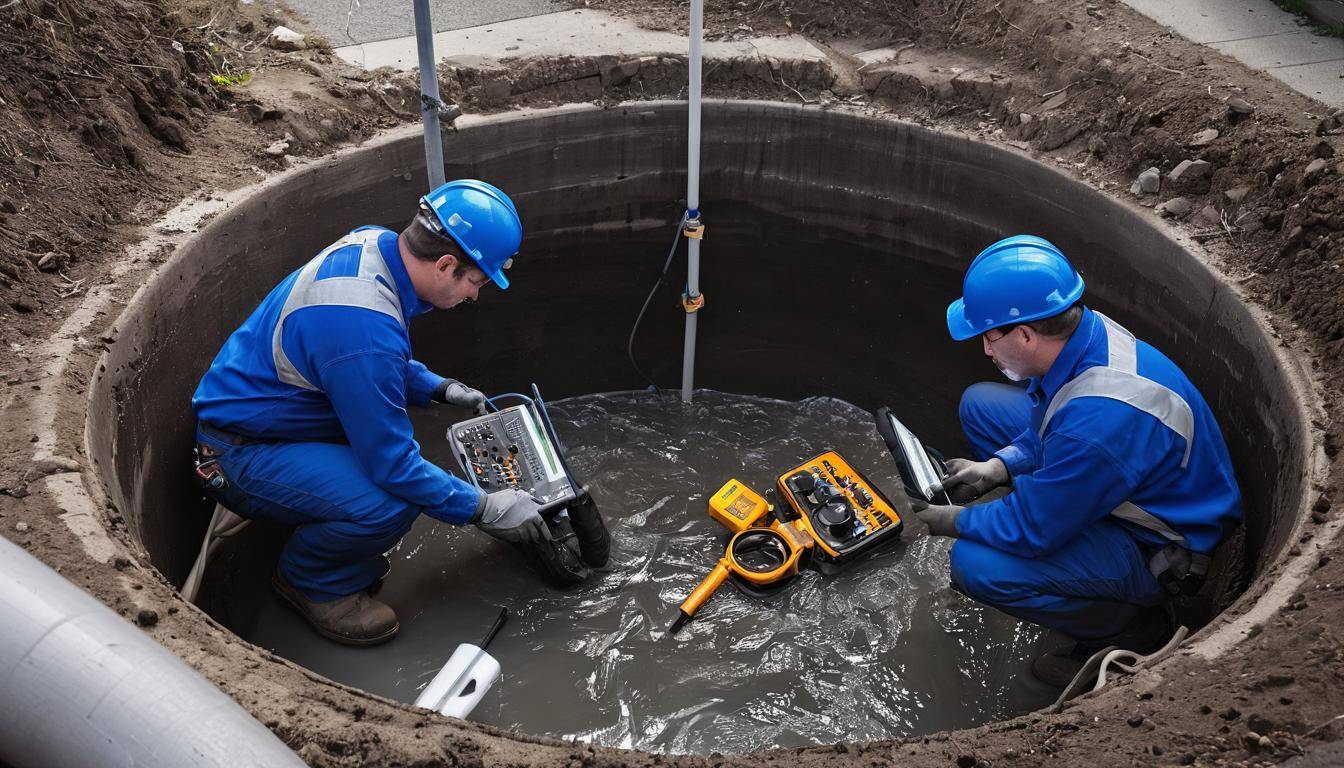
Essential Tools and Equipment for Snaking a Drain
When it comes to snaking a drain, having the right tools can make all the difference. Here’s a breakdown of the essential items you’ll need:
Drain Snake
The cornerstone of any drain-snaking endeavor, this tool is also known as an auger. It’s designed to break through tough clogs that ordinary methods can’t handle. There are different lengths available, but for most household tasks, a 25-foot snake is sufficient. For larger or more complex plumbing systems, you may need a snake up to 50 feet long.
Work Gloves
Donning a sturdy pair of work gloves is crucial to protect your hands from contact with grime, debris, and any sharp objects that may be lurking inside the drain. They will keep your hands clean and minimize the risk of injury.
Bucket
Having a bucket nearby during the snaking process is invaluable. It serves as a catch-all for any debris that emerges from the drain, as well as for collecting any water that spills out in the event of unexpected blockages or dislodged clogs.
Towels
With potential spills and splashes during the snaking process, keeping several towels handy is prudent. They come in useful for cleaning up any mess and minimizing water damage to surrounding areas.
Flashlight
A good-quality flashlight is an absolute must for providing clear visibility inside the drain pipes. In some instances where blockages are deep-seated or not immediately visible, a flashlight allows you to peer inside and locate problem areas. This could be particularly helpful if you suspect a more complex issue within the plumbing system.
By ensuring you have these essential tools on hand prior to beginning your drain-snaking task, you can feel confident and well-prepared as you work through the process.
Contacting professional plumbers like My Calgary Plumber may be necessary for advanced tools or major clogs, ensuring thorough cleaning and clearing of your drains, especially when dealing with robust obstructions or intricate plumbing configurations. Their expertise and specialized equipment can effectively tackle complex issues beyond the scope of DIY methods.
Safety Measures Before You Begin
When it comes to dealing with clogged drains and using drain snakes, taking safety precautions is essential to protect yourself and prevent accidents. Whether it’s turning off the water supply or wearing protective gear, these steps can contribute significantly to a safe and successful snaking operation.
Step I: Turn Off Water Supply
Before you start using the drain snake, ensure that the water supply to the clogged drain is turned off. This precaution helps prevent an overflow, which can result in a messy clean-up and potential water damage.
Step II: Wear Protective Gear
Once the water supply is turned off, don rubber gloves to protect your hands from coming into direct contact with any grime, bacteria, or the cleaning chemicals you might use during the process. Additionally, wear safety glasses or goggles to shield your eyes from any splashes of dirty water or chemical cleaners. Protecting yourself from potential eye and skin irritants is crucial for a safe and comfortable snaking process.
Step III: Keep Your Work Area Ventilated
When working in an enclosed space and dealing with potentially harsh chemical cleaners before snaking the drain, it’s important to ensure proper ventilation. Open windows or set up fans to maintain good air circulation in the workspace. This step helps reduce exposure to fumes from cleaning chemicals and promotes a healthier environment for you to work in.
Step IV: Clear Surrounding Area
Create a clear, hazard-free work environment by removing any items around the workspace that could pose a tripping hazard or could get dirty during the process. Wires, children’s toys, or other items should be relocated to avoid accidents and distractions while cleaning the drain.
By following these safety measures before initiating the snaking process, you ensure a safer, more controlled working environment and reduce the risk of accidents or injury.
By prioritizing safety measures before diving into DIY plumbing, you set the stage for a smooth and effective cleaning process. Now let’s move on to understanding the step-by-step snaking procedure.
Step-by-Step Snaking Procedure
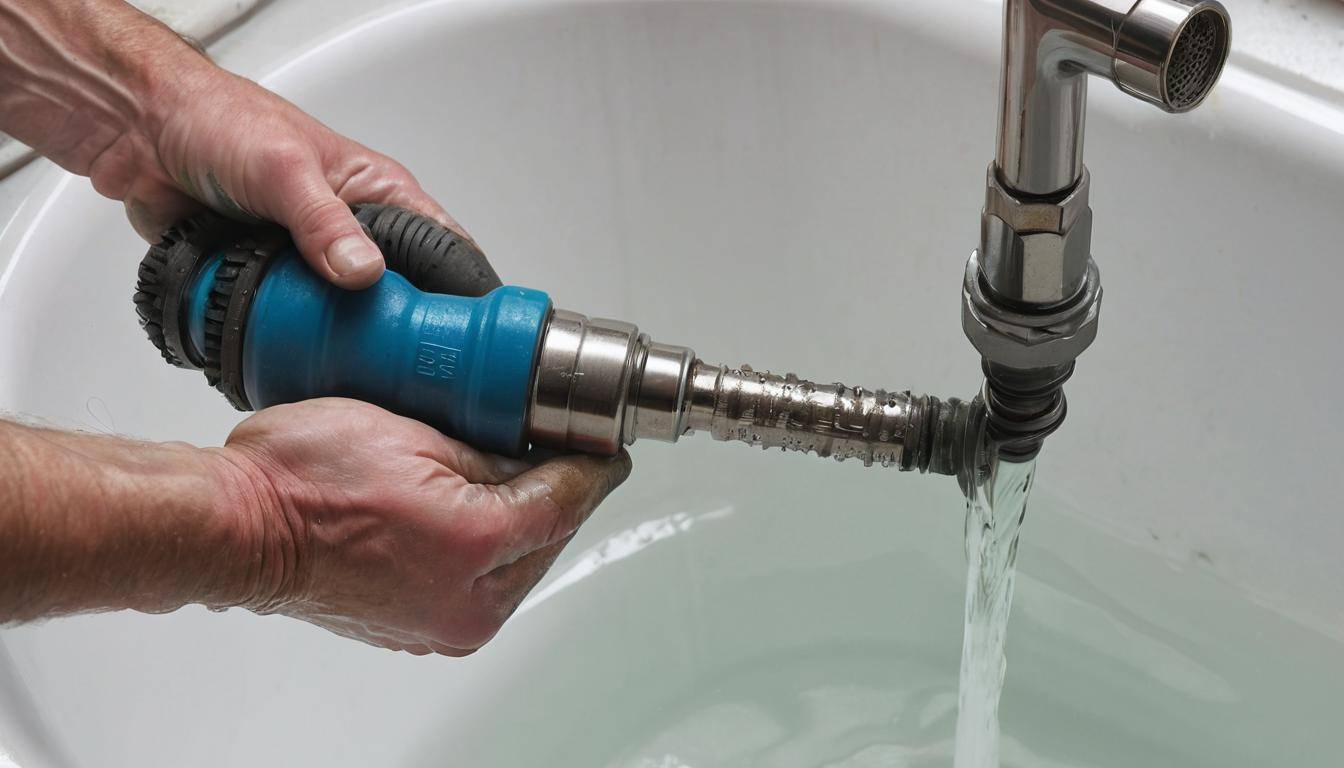
So, you’ve got your gloves on and a determined look in your eye – it’s time to tackle that stubborn drain. Before you start reaching for the snake, ensure there’s no visible debris sticking out from the drain opening by giving it a once-over with gloved hands, removing any gunk that might get in the way. These unglamorous but vital steps can make all the difference.
Step I – Prepare the Drain
After clearing out any visible debris, it’s time to arm yourself with the snake itself – your trusty plumbing companion. Carefully guide the end of the snake into the drain while turning the handle clockwise. Keep inching it forward until you encounter resistance, indicating that you’re nearing the source of the clog.
Step II – Insert the Snake
Now comes the actual exciting part—breaking through that relentless clog. Apply steady pressure and rotate the handle firmly. If you encounter an especially tough section of pipe or blockage, gently wiggle the snake to help loosen or dislodge it.
Don’t be surprised if your determination and persistence pay off as you begin to feel that resistance lessen. That means you’re making headway! Slowly pull back on the snake while continuing to turn its handle, drawing out those stubborn particles as you go.
Feeling accomplished already? Well, we’re not done yet!
Step III – Break Through the Clog
With reluctance giving way to progress, it’s important to keep at it. Upon feeling less resistance, pull the snake out slowly while still rotating its handle. This motion helps bring any remaining debris up and out.
Step IV – Retrieve the Snake
Once you’ve completed this endeavor, congratulate yourself because you are almost there! For a final flourish, turn on some hot water and let it run through the drain to whisk away any remnants leftover by your outstanding display of skill and determination.
Step V – Flush the Drain
In case a repeat performance is required due to stubborn debris holding strong within your piping system, don’t hesitate to give it another go.
If at any point during this process things seem beyond your control, don’t be disheartened; it would be wise to consider seeking professional assistance from our plumbing company, who can alleviate your plumbing woes with their expertise and state-of-the-art tools.
With this straightforward and methodical approach to using a plumbing snake plus appropriate safety measures in place, hard-to-reach clogs will soon become an obstacle of times past!
Dealing with Stubborn Blockages
You’ve tried snaking, but that stubborn blockage in your drain just won’t budge. When facing recurring clogs or deep-seated obstructions in your plumbing system, it’s time to bring out the big guns. Persistent problems can be a sign of deeper issues within your plumbing system, indicating a need for professional attention. But before raising the alarm, several additional steps might help dislodge those stubborn blockages.
Step I – Use a Thicker Auger
If basic snaking didn’t do the trick, consider using a thicker or motorized auger. While regular augers can handle many common clogs, stubborn blockages often require a more heavy-duty solution. A thicker or motorized auger has the power and torque to tackle tough clogs that simple cables can’t handle effectively. By using an auger specifically designed for tough jobs, like a “rooter machine,” you can put significant force behind breaking apart and removing persistent obstructions.
Step II – Apply Drain Cleaner
To supplement your efforts, apply a chemical drain cleaner specially formulated for tough blockages. Ensure to follow the instructions carefully and use the cleaner in well-ventilated areas to avoid inhaling fumes. These cleaners have stronger chemicals designed to break down deep-seated clogs more effectively than standard products. Exercise caution and wear protective gear when using such products as they can be hazardous if mishandled.
Step III – Repeat Snaking
When dealing with particularly relentless clogs, don’t be afraid to repeat the snaking process multiple times. Some stubborn blocks may require consistent effort to gradually break down and remove altogether. Take your time and give each round of snaking ample opportunity to work its magic on the obstruction. Persistence is key when dealing with challenging clogs.
At this point, if the blockage still isn’t yielding to your efforts, it may be time to call in the experts. My Calgary Plumber Services has the tools and expertise to identify and address complex plumbing challenges effectively.
When all else fails, it may be time to leave it to the experts from My Calgary Plumber who can resolve lingering plumbing issues efficiently, restoring your peace of mind and ensuring a smoothly functioning plumbing system for years to come.
Preventing Future Drain Clogs
After clearing a stubborn clog, the last thing you want is for it to happen all over again. That’s where preventive measures come into play. Here are some practical steps you can take to keep your drains flowing without any hiccups:
Step I – Use Drain Screens
From stray strands of hair to small particles, various debris finds its way into your drains, contributing to clogs. By installing screens over your drains, you can effectively prevent these substances from entering your pipes.
These screens catch debris and can be easily removed and cleaned. It’s a simple yet highly effective way to stop clogs right at their source.
Step II – Avoid Pouring Grease
Pouring hot grease down the sink might seem convenient, but as it cools, it solidifies inside your pipes, creating stubborn blockages that are hard to remove. Instead, allow the grease to cool and then dispose of it in the trash. This simple act can prevent major headaches in the future.
Step III – Regularly Clean Drains
Over time, grime and soap residues accumulate inside your drains, eventually leading to slow draining or complete blockages. To prevent this buildup, flush your drains with boiling water about once a week. This helps dislodge any accumulated debris and keeps the water flowing smoothly.
Implementing these preventative measures doesn’t take much effort but can save you significant time and money in the long run by avoiding potentially costly and inconvenient clogs.
Remember, prevention is key; taking proactive steps to maintain your plumbing system can help you avoid frequent clogs and other plumbing issues that could disrupt your day-to-day activities.
For more preventive measures and maintenance tips, visit My Calgary Plumber’s blog, where we share expert advice on keeping your plumbing system in top shape.
These tips are not only easy but also an excellent way to maintain hassle-free drainage in your home—keeping nasty clogs at bay.
Now that we’ve explored strategies to prevent future drain clogs, let’s move on to some crucial tips for routine drain maintenance.
Routine Drain Maintenance Tips
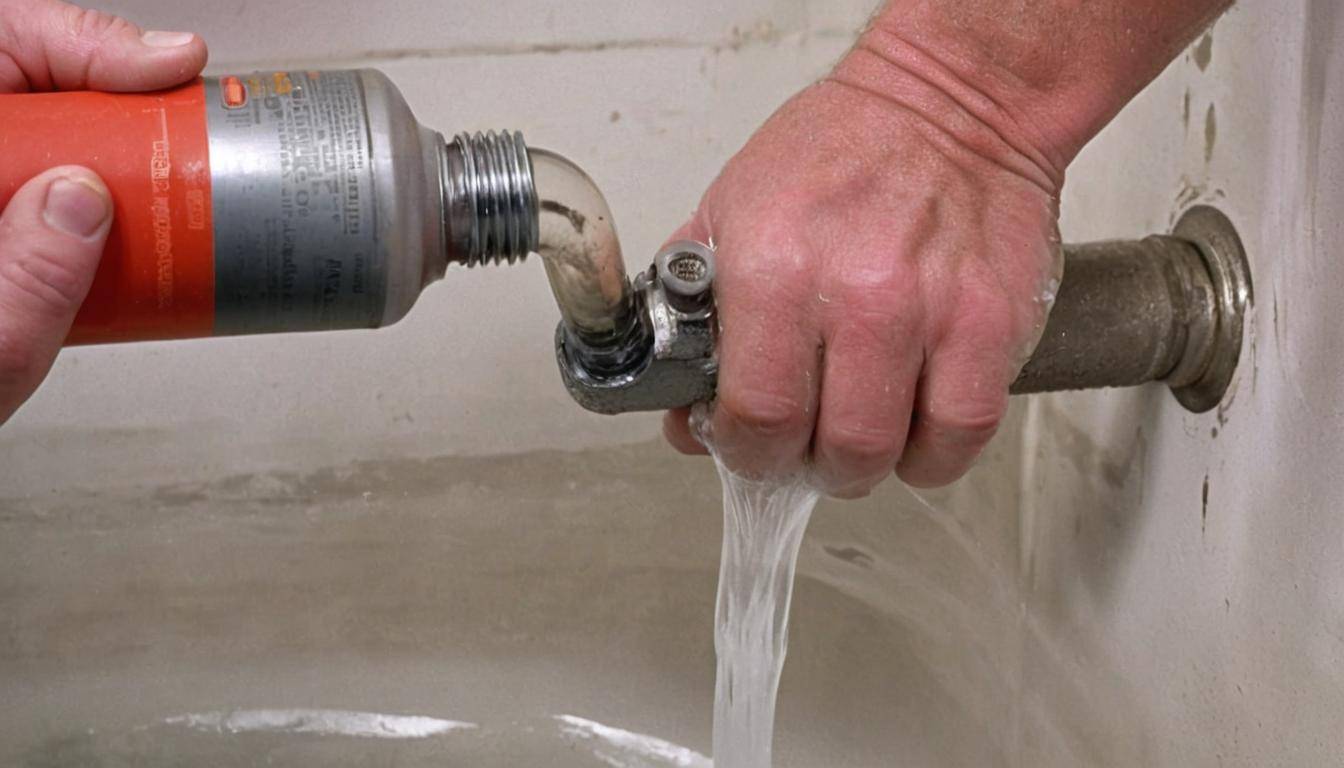
Step I – Bi-Weekly Cleaning
Keeping your drains tidy is essential for preventing clogs. Every two weeks, create a fizzy mixture by pouring half a cup of baking soda, followed by half a cup of vinegar down the drain. The baking soda and vinegar work together to break down any grime or gunk built up in the pipes. Then wait for around 15 minutes to allow the solution to do its job before flushing with hot water. This helps to eliminate any debris or buildup that might be forming and could lead to slow drains or complete blockages.
| Step | Action |
|---|---|
| 1 | Pour half a cup of baking soda |
| 2 | Follow with half a cup of vinegar |
| 3 | Wait for 15 minutes |
| 4 | Flush with hot water |
This simple cleaning routine creates an environmentally friendly reaction that effectively dissolves the stubborn particles and eliminates unpleasant odors.
This regular cleaning practice keeps nasty smells at bay and has been saving folks from unnecessary plumbing headaches for years. It’s like a mini spa day for your drains!
Step II – Monitor Slow Drains
Do not ignore slow-draining sinks or tubs. When you notice that water isn’t going down as quickly as it used to, it’s time to take action. Slow draining is often an early sign of clogs developing in your pipes. If left unattended, a slow drain will turn into a full, hard-to-remove clog over time. So, as soon as you see it happening, tackle it.
Step III – Professional Inspection
Regularly scheduled drain inspections are another proactive measure that can save you from major plumbing disasters. A professional plumbing service should come once every year to give your drainage system a thorough inspection, identifying and addressing potential problems early on.
For reliable and comprehensive plumbing services and annual inspections that keep your property in tip-top shape, consider reaching out to My Calgary Plumber. Their dedicated professionals have over 30 years of experience under their belts and are equipped to handle all your plumbing needs expertly, preventing costly repairs and ensuring continued peace of mind for you as a homeowner.
These simple maintenance tips could end up saving you from unnecessary stress and expenses as they help to catch and address small issues before they spiral into larger problems.


